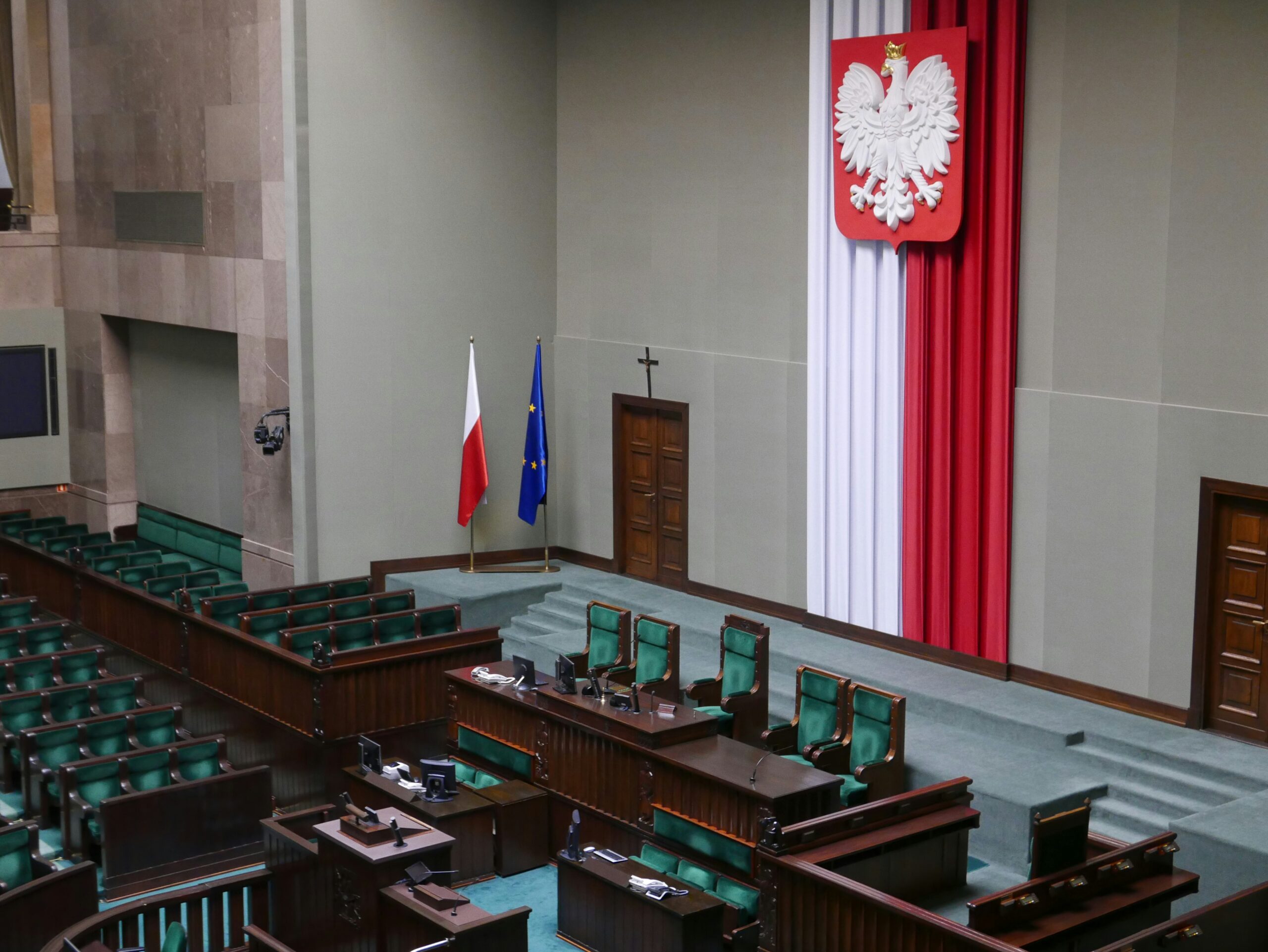Poland is a high-income country with the largest economy in Central Europe [1]. Poland’s share of GDP on health increased moderately and steadily from 5.29% in 2000 to 6.59% in 2021. Despite the increase, in 2019 Poland’s share of GDP on health – 6.45% – was lower than the European Union’s, at 8.49%, and of the WHO European Region, 7.63%, also in 2019[2]. Current health expenditure (CHE) per person increased fivefold from Int$ 238 in 2000 to Int$ 1183 in 2021[1]. Out-of-pocket (OOP) spending as a percentage of CHE decreased from 31.3% in 2000 to 20.0% in 2021. Growth in shares of both compulsory financing arrangements from 68.9% in 2000 to 72.6% of CHE in 2021 and government financing arrangements from 7.0% in 2000 to 10.4% of CHE explain the decrease in OOP spending[2].
Recent health system reforms include national pilot projects to improve care coordination such as the National Oncology Network and National Cardiology Network; the implementation of e-health tools including access to digital medical records, e-prescriptions, e-referrals); and piloting new care models in primary care and mental health care[3].
Social health protection and health financing arrangements
As stated in Sowada et al.’s 2022 report, Poland’s health system is based on social health insurance (SHI), with governance centralized in the country’s ministry of health and purchasing in the National Health Fund (NFZ). The regional branches of the NFZ are charged with purchasing services in their respective territories, which is open to both public and private providers. The basket of guaranteed services is set centrally.
Health insurance contributions, which are earmarked through a payroll tax, are the main source of public health care funding and account for about 60% of current spending on health. These funds are allocated to the NFZ’s regional branches, which contract with providers of health services. Taxation accounts for about 10% of current health expenditure and funds outpatient medical emergency services, public health programmes, and benefits for population groups exempt from paying SHI contributions. Cost sharing is widely applied to outpatient pharmaceuticals, with private payments on outpatient medicines accounting for the largest share of OOP payments by far.
As summarized by Sowada et al., “the public system covers 91% of the population but is essentially universal, with most of the uninsured living abroad but remaining registered as residents”. Although the scope of services SHI covers is broad, there are some pharmaceuticals, therapeutic appliances and dental care that are not covered. People without SHI coverage have access to outpatient emergency medical care and primary care[3].
References
[1] The World Bank In Poland: Development News, Research, Data | World Bank Accessed 3 May 2023.
[2] Global Health Expenditure Database Accessed 4 May 2023.
[3] Sowada, C., et al. Poland: Health System Summary, 2022. WHO Regional Office for Europe on behalf of the European Observatory on Health Systems and Policies Accessed 5 May 2023.



